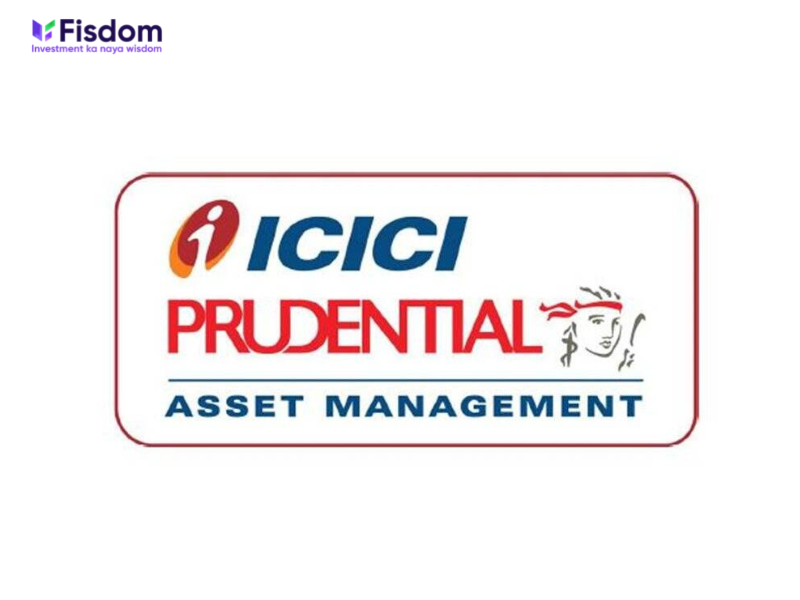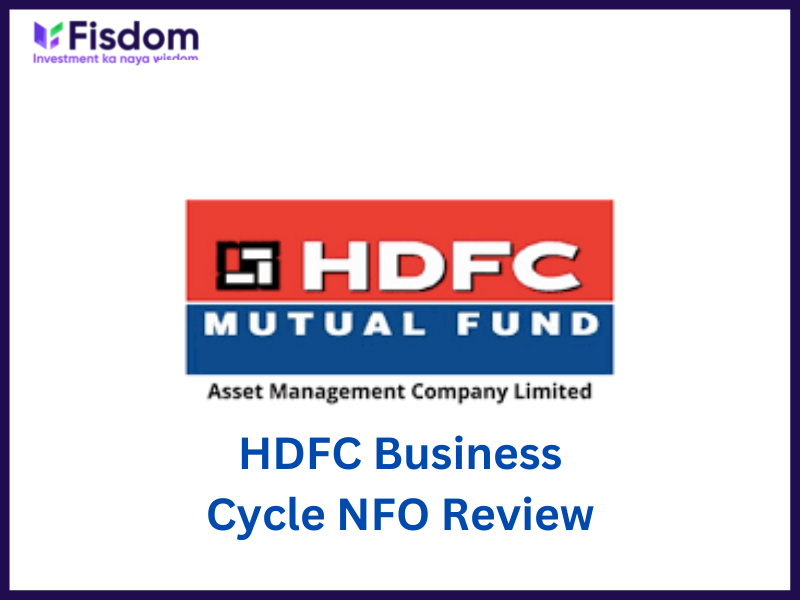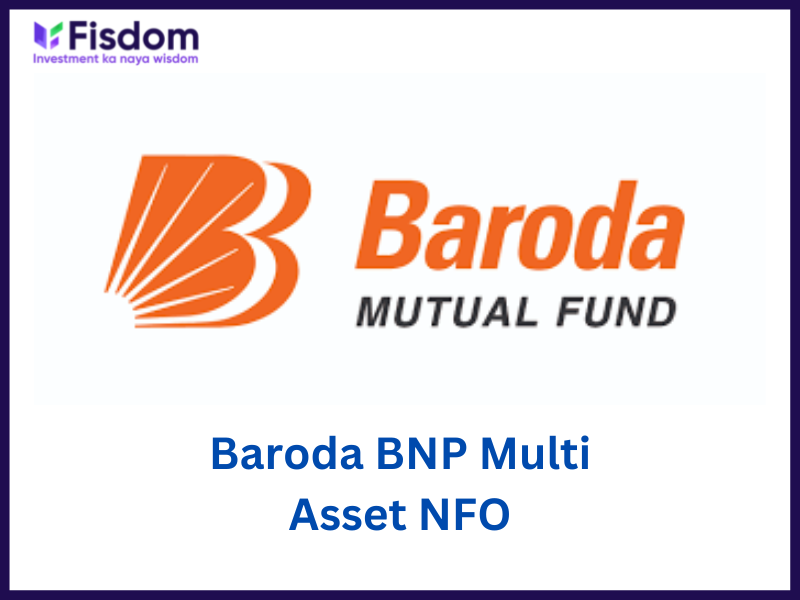
Franklin Templeton Mutual Fund recently launched the Franklin India Balanced Advantage Fund (FIBAF). This is an open-ended dynamic asset allocation fund that will aim to fetch long-term capital appreciation and income through investment focus in a dynamically managed portfolio. The scheme will primarily invest in equity & equity related instruments and a limited portion of the capital will also be allocated to fixed income and money market instruments.
The NFO opened for subscription on 16 August, 2022 and will close on August 30th, 2022.
Investment objective of the fund
The scheme’s objective is to generate a capital appreciation of a dynamic portfolio that will invest in a mix of equity and equity-related instruments. Franklin India Balanced Advantage Fund will allocate 0 to 100% of its pooled assets in equity and equity-related securities that can include foreign securities as well. 0 to 100% of the fund’s assets will be allocated to debt & money market instruments including cash & cash equivalents. The objective of the scheme will be to maintain a good risk-reward balance.
Why should you apply for the NFO?
Stable returns: Since the scheme will invest in both, debt and equity instruments dynamically, investors can enjoy relatively stable returns through a debt cushion that protects against equity market volatilities.
Comparatively lower risk: This scheme will keep shuffling the investments across debt and equity securities depending on the market conditions. This can help in lowering the overall portfolio risk and capital erosion risk. Thus, the scheme is better suited for investors with moderate risk tolerance.
Dynamic asset allocation: Fund managers of balanced advantage funds follow the dynamic asset allocation strategy. When markets are bullish during the economic growth phases, the fund manager may transfer some investments from debt to equity instruments. Conversely, during economic downturns, the fund manager may transfer some investments from equity to debt instruments. Thus, balanced advantage mutual funds help to minimise the risk & aim for better returns.
Fund details
| Scheme name | NFO details for Franklin India Balanced Advantage Fund |
| Type of Scheme | An open-ended dynamic asset allocation fund |
| Category of the scheme | Balanced advantage fund |
| Benchmark | Nifty 50 Hybrid Composite Debt 50:50 Index |
| Plan options | RegularDirect growth |
| Fund Manager | Rajasa Kakulavarapu |
| Exit Load | If redeemed/switched within 1 year from the allotment – Up to 10% of the units: Nil More than 10% of the units: 1%If redeemed/switched after 1 year from the allotment – NIL |
| Minimum Investment | Fresh Purchase – Rs. 5,000/-Additional Purchase – Rs. 1,000/- Redemption: Rs. 1,000/- |
| Expense Ratio | Unknown |
| NFO Period | 16 Aug 2022 – 30 August 2022 |
Where can you invest in the NFO? Head over to the Fisdom App to invest in this NFO.
FAQs
NFO (New Fund Offer) is launched by the Asset Management Companies (AMCs) to generate funds for launching a new mutual fund. These funds are then pooled to buy the shares or other securities as per the fund’s mandate or the guidelines based on which the fund is launched. NFOs are like IPOs where all the relevant details of the funds are provided at the time of their launch and the units of the fund are usually set at Rs. 10 per unit for a subscription. SEBI guidelines allow the NFOs to be active for a maximum period of 30 days following which the units of the fund are traded based on their daily NAV.
NFOs, at the time of their launch, are launched in two categories namely close-ended funds and open-ended funds. The details of each type of fund are mentioned below.
Open-ended funds
The majority of mutual funds are launched as open-ended funds. Investors can subscribe to the fund at the nominal rate (usually Rs. 10 per unit) during the NFO period. After the NFO period, when the units are traded based on the daily NAV, the investors stand to gain huge capital gains depending on the performance of the fund.
Close-ended funds
Close-ended funds, on the other hand, do not allow the investors to subscribe to the fund after the NFO period is closed.
Investing in NFOs is a very good opportunity to maximize the returns as the units can be subscribed at nominal rates and the returns are potentially higher based on the prevailing NAV at the time of redemption. However, there are several points that need to be considered while subscribing to an NFO. Some of such points are highlighted below.
a)Track record of the AMC
NFOs are offered for the new mutual fund so no proven track record can be reviewed by investors to make an informed investment decision. The investors have to therefore rely on the reputation of the AMC and other details mentioned in the NFO to make an investment decision.
b)Expense ratio (if mentioned)
NFOs need a good amount of publicity to make the investors aware of the fund and the investment opportunity. It is therefore essential for the investors to check the expense ratio of the fund and ensure that it does not outweigh the net gains.
c)Check if the fund is in correlation to the existing portfolio
Recently there have been many NFOs in the market that investors can choose from. However, while selecting the fund the investors must check if the fund is not similar to an existing fund in their portfolio. For example, if the fund is a large-cap fund and the investor already has one or two similar funds in their portfolio, investing in another will not add much value to the net returns or the diversification of the portfolio. On the other hand, many NFOs can be sector-specific or country-specific. In such a case, investors have to check if the fund is in line with other factors like their risk-return profile and investment goals.
d)Review the SID carefully
Reviewing the SID (Scheme Information Document) is a crucial step that should not be missed by investors while investing in NFOs. It contains all the relevant information about the fund managers, their qualifications, and experience which is crucial for the funds’ performance. Other relevant information includes the investment profile of the fund, target sectors or securities, benchmark index, asset allocation ratio, etc. This helps the investors understand the returns expectation of the fund as well as the target investments where the fund will invest the pooled funds. Investors having a risk-return profile in line with that of the fund can thus invest in such funds.
Investment in NFOs can be done through two main routes i.e., the online or offline modes. The details of the same are mentioned below.
a)Online mode
The online mode of investment is suitable for investors already having a Demat account and a trading account. Investors can simply select the NFO and invest by selecting the number of units to invest and paying for the same through online payment modes available on the platform.
b)Offline mode
The offline mode of investment in NFOs is through registered brokers and distributors. Investors can contact their brokers and distributors providing them with the details of the amount to be invested and they can invest in the selected NFOs on their behalf. Investors can make hassle-free investments through such modes as all the necessary forms to be filled and the formalities to be met are looked after by these entities giving investors the benefit of ease of investment. The charges for such services are nominal when compared to the potentially high returns.

























